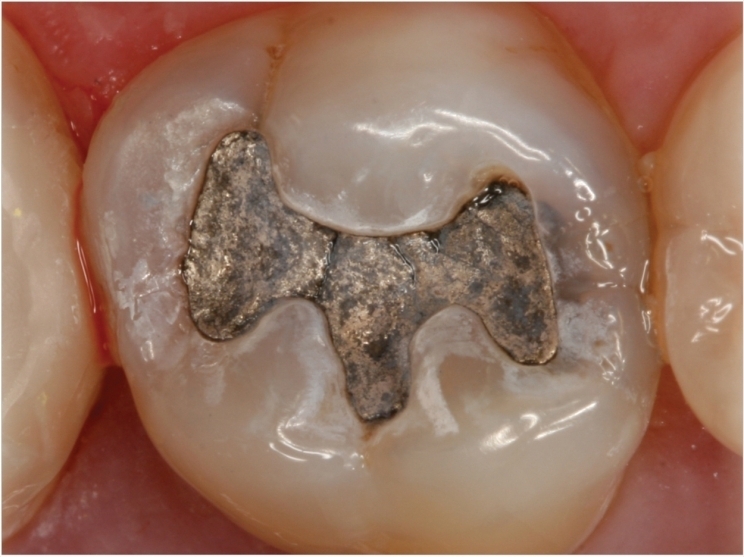
Five students at the Loma Linda University School of Dentistry (LLUSD) collaborated on a two-year investigation into the strength of dental amalgam following extreme contamination during condensation, finding it superior to other materials.
The students examined the shear-strength degradation effects on the dental amalgam used in the LLUSD main clinic from gross contamination during condensation under water, saliva, blood, and handpiece lubrication oil.
Water contamination did not reduce amalgam strength to a statistically significant extent. Saliva reduced strength midway between that of water-contaminated and blood-contaminated amalgam.
In each contaminated sample, the remaining final strength of the amalgam equaled or exceeded the uncontaminated strengths reported by other studies for other available restorative materials including composite resin, resin-modified glass ionomer, and glass ionomer.
The greatest degradation of amalgam strength, nearly 50%, resulted from total inundation with handpiece lubrication oil during condensation, which is the least likely source of contamination in actual practice.
However, the remaining final amalgam strengths equaled or exceeded the uncontaminated strengths of the other available restorative materials including resin-modified glass ionomer and glass ionomer.
Also, the amalgam equaled or exceeded the minimum compressive strength of 35,000 pounds per square inch historically recommended by the ADA for a permanent restorative material.
“This published study, conducted in the Loma Linda University School of Dentistry Biomaterials Research Laboratory, appears to be the first that quantitatively measures amalgam’s considerable forgiveness to even worst-case-scenario contaminant exposures and compares its average remining strength to that of other commonly used unexposed direct filling materials,” said Clyde Roggenkamp, DDS, MA, MSD, MPH, associate professor and mentor of the students.
Calling themselves the Amalgam Study Group, the students included Brian Choi, DDS (2018), Jae Chung (D4), Reza Parhizkar, DDS (2018), Anthony Pham (D4), and Rodrigo Robles-Cardenas, DDS (2018).
The study took second place at CDA Presents in 2017. Also, Robles-Cardenas presented an abstract of the shear strength part of the research at the March 2018 American Association for Dental Research meeting in Fort Lauderdale, Florida.
The study, “Amalgam Strength Resistance to Various Contaminants,” was published by Operative Dentistry.
Related Articles
Improved Safety Measures Sought for Amalgam Filling Removal
Berlin Declaration Shows Amalgam Has Entered Its Twilight Era
Dentists May See More Requests for Replacing Amalgam Fillings











